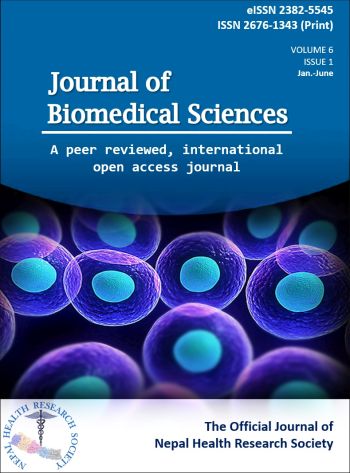癌症研究中基于支架的三维细胞培养模型
IF 9
2区 医学
Q1 CELL BIOLOGY
引用次数: 0
摘要
三维(3D)细胞培养已成为癌症研究的重要工具,与传统的二维(2D)细胞培养系统相比具有显著优势。在三维细胞培养中,癌细胞在更接近体内肿瘤的三维结构和复杂性的环境中生长。这种方法能更准确地呈现肿瘤微环境(TME),并能在更贴近生理的环境中研究肿瘤行为和对疗法的反应,从而彻底改变了癌症研究。三维细胞培养在癌症研究中的主要优势之一是能够再现癌细胞与其周围基质之间复杂的相互作用。肿瘤不仅由癌细胞组成,还包括基质细胞、免疫细胞和血管等其他各种细胞类型。这些模型在传统的二维细胞培养和动物模型之间架起了桥梁,为临床前研究提供了一种具有成本效益、可扩展且符合伦理道德的替代方法。随着该领域的发展,三维细胞培养将在理解癌症生物学和加速开发有效抗癌疗法方面发挥关键作用。这篇综述文章重点介绍了三维细胞培养的主要优势、最常见的基于支架的培养技术的进展、有关其在癌症研究中应用的相关文献以及当前面临的挑战。本文章由计算机程序翻译,如有差异,请以英文原文为准。
Scaffold-based 3D cell culture models in cancer research
Three-dimensional (3D) cell cultures have emerged as valuable tools in cancer research, offering significant advantages over traditional two-dimensional (2D) cell culture systems. In 3D cell cultures, cancer cells are grown in an environment that more closely mimics the 3D architecture and complexity of in vivo tumors. This approach has revolutionized cancer research by providing a more accurate representation of the tumor microenvironment (TME) and enabling the study of tumor behavior and response to therapies in a more physiologically relevant context. One of the key benefits of 3D cell culture in cancer research is the ability to recapitulate the complex interactions between cancer cells and their surrounding stroma. Tumors consist not only of cancer cells but also various other cell types, including stromal cells, immune cells, and blood vessels. These models bridge traditional 2D cell cultures and animal models, offering a cost-effective, scalable, and ethical alternative for preclinical research. As the field advances, 3D cell cultures are poised to play a pivotal role in understanding cancer biology and accelerating the development of effective anticancer therapies. This review article highlights the key advantages of 3D cell cultures, progress in the most common scaffold-based culturing techniques, pertinent literature on their applications in cancer research, and the ongoing challenges.
求助全文
通过发布文献求助,成功后即可免费获取论文全文。
去求助
来源期刊

Journal of Biomedical Science
医学-医学:研究与实验
CiteScore
18.50
自引率
0.90%
发文量
95
审稿时长
1 months
期刊介绍:
The Journal of Biomedical Science is an open access, peer-reviewed journal that focuses on fundamental and molecular aspects of basic medical sciences. It emphasizes molecular studies of biomedical problems and mechanisms. The National Science and Technology Council (NSTC), Taiwan supports the journal and covers the publication costs for accepted articles. The journal aims to provide an international platform for interdisciplinary discussions and contribute to the advancement of medicine. It benefits both readers and authors by accelerating the dissemination of research information and providing maximum access to scholarly communication. All articles published in the Journal of Biomedical Science are included in various databases such as Biological Abstracts, BIOSIS, CABI, CAS, Citebase, Current contents, DOAJ, Embase, EmBiology, and Global Health, among others.
 求助内容:
求助内容: 应助结果提醒方式:
应助结果提醒方式:


